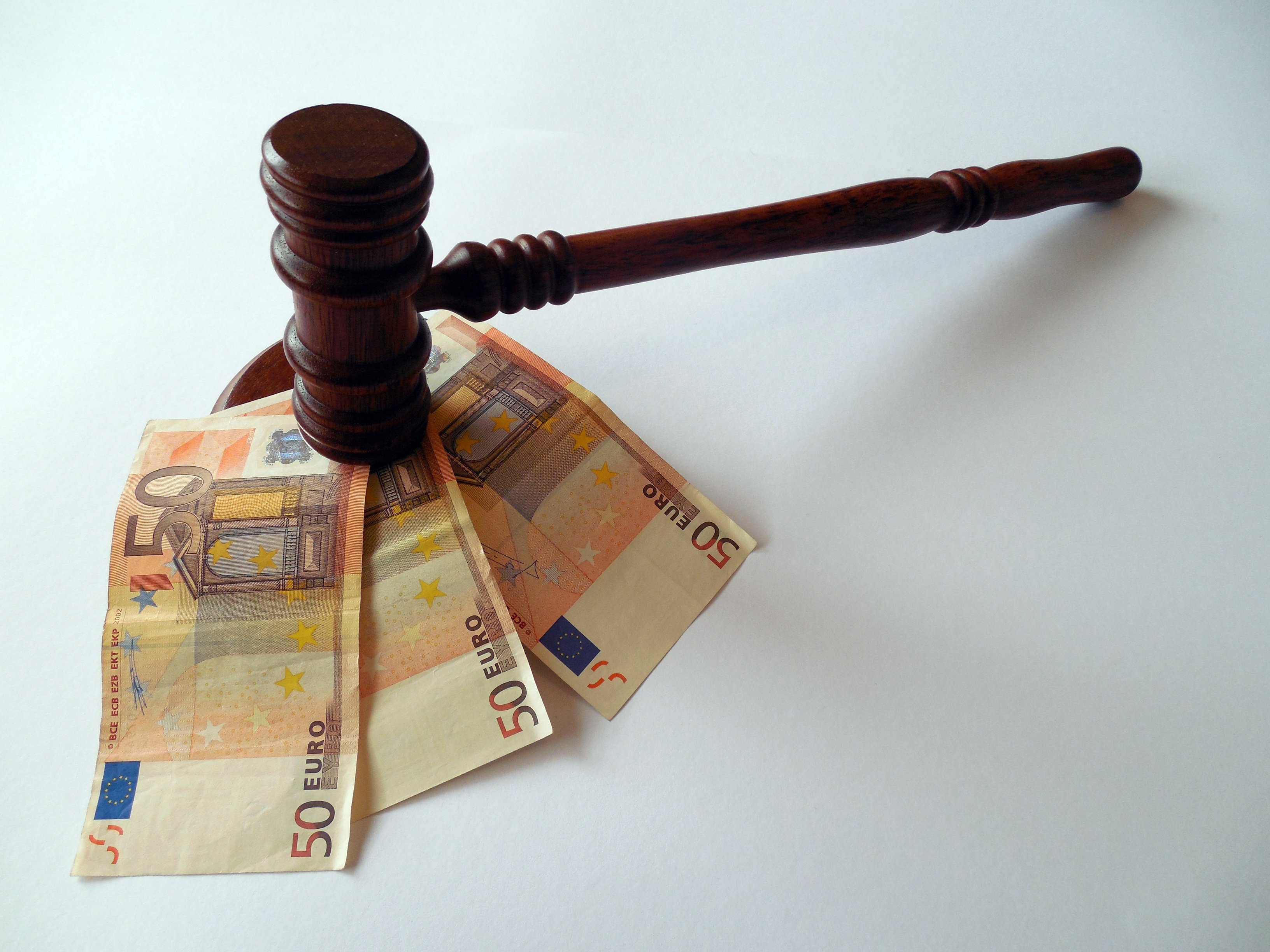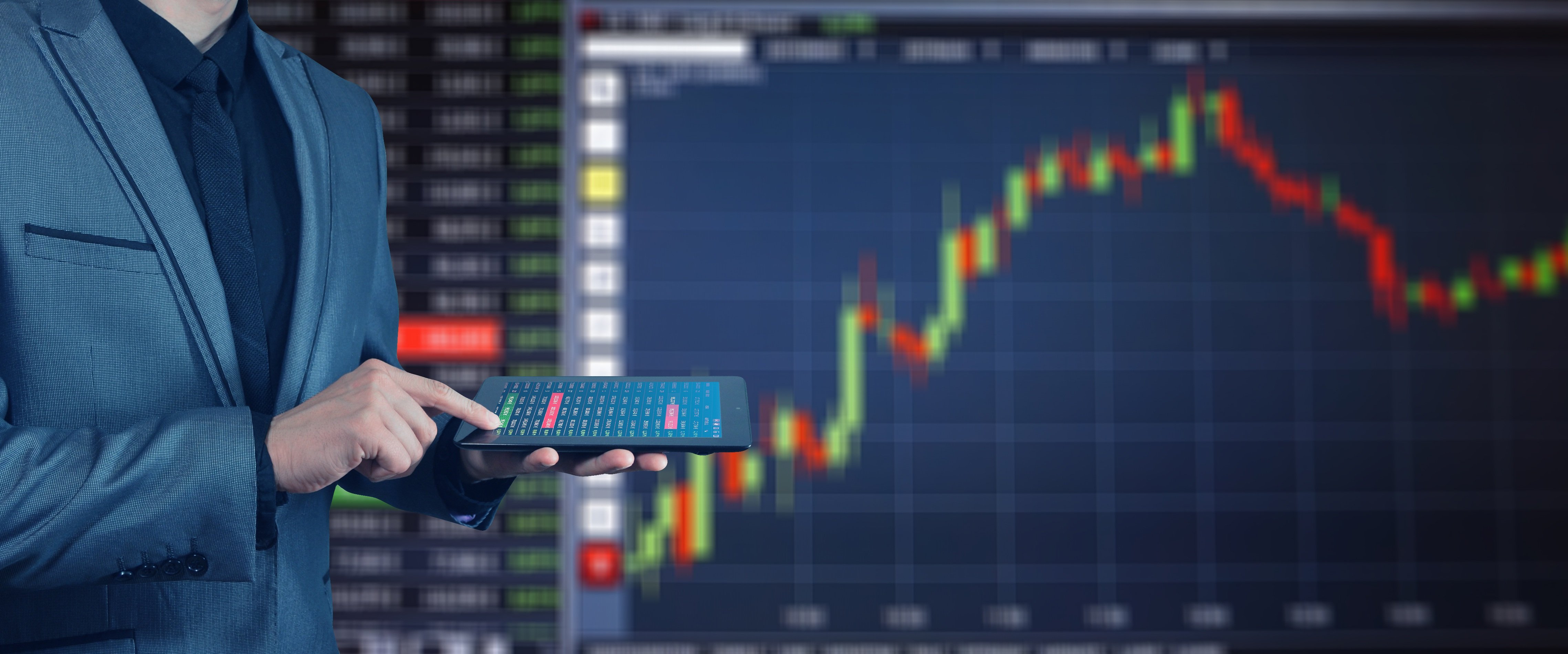Auctions
Price Mechanisms for Marketplaces

Marketplaces
A marketplace consists of supply - provided by sellers and demand - created by buyers.
A marketplace matches buyers with sellers.
We consider real or virtual goods (items). We do not consider here service marketplaces such as Uber.
A fundamental function of the marketplace is the pricing of items transacted through the market.
What mechanism can the marketplace use to set the price of the items sold through the market?
Pricing of Items

There are three basic models.
Fixed Price

The traditional model of pricing is the fixed price per item. A seller sets a price. A buyer either buys the thing at the set price and or not.
Auction

An old but less used model for pricing is to carry an auction for an item. In an auction, buyers place bids with an increasing price for an item until one buyer wins. Usually, an auction runs for a predetermined duration.
In economics, this type of auction is called an English auction. And it is the one common in marketplaces. But note that other types of auctions are possible. For example, one can consider the Dutch auction. An object's price in a Dutch auction goes down in fixed increments over time until it receives a bid at the current price.
Exchange

A rising pricing model in marketplaces for collectibles or sneakers is that of an exchange. So these items are scarce. However, at any given moment, a certain quantity of the object is available at the marketplace.
An exchange operates by setting an item's price as a balance of the stream of asks and bids for the thing. A seller's proposal specifies the requested price per unit of the item and the number of units for sale. Such a proposal is called an ask. The buyer's suggestion determines the suggested price at which the buyer is willing to buy a unit of the item and the number of units to buy. Such a proposal is called a bid.
The marketplace then matches the asks and bids in terms of prices and quantities. A transaction occurs between a seller and a buyer. In a transaction, some or all of the amount of the respective ask and bid changes ownership.
The marketplace announces an item's price after each transaction, as the price at which the transaction occurred.
Which Pricing Model is Better for a Marketplace?
Like in many things in business and life, the answer is it depends on.
A fixed price for items is the most straightforward price mechanism. But setting a fixed price requires the supply side to have a clear idea of the price of an object. When the supply side is a store selling merchandise, it will have such an evaluation based on its cost. However, as marketplaces become more populated by individuals selling stuff they own, such as furniture, this no longer holds.
Auctions are better for a seller when you cannot know how much an item can fetch. The increasing rise in second-hand, recycled, and sustainable E-Commerce will make this the more frequent case in 2021 and onwards.
For an exchange pricing mechanism to work, one needs a steady stream of asks and bids for the same item. Such a stream will be available for sneakers, but not for most objects that people wish to sell from home.
Conclusion

In the future, into 2021, we believe the auction mechanism will become much more dominant as a price-setting mechanism in marketplaces.

Yoram Kornatzky